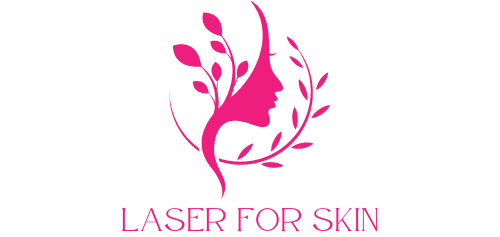Introduction: Laser skin treatments have gained popularity for their effectiveness in addressing various skin concerns. However, misconceptions and myths about the safety of laser treatments persist. It’s crucial to separate fact from fiction to make informed decisions about skincare. Let’s debunk some common myths surrounding the safety of laser skin treatments.
Myth 1: Laser Treatments are Unsafe for All Skin Types Fact: Laser technology has evolved significantly, allowing for safe and effective treatments across a wide range of skin types and tones. Different types of lasers and wavelengths are available to target specific skin concerns while minimizing the risk of adverse effects. Qualified practitioners can adjust treatment parameters to suit individual skin characteristics, ensuring safety and efficacy.
Myth 2: Laser Treatments Always Cause Pain and Discomfort Fact: While some patients may experience mild discomfort during laser treatments, advancements in technology and techniques have made the procedure more tolerable than ever. Cooling devices, topical numbing creams, and air cooling systems are commonly used to minimize discomfort and protect the skin during treatment. Most patients describe the sensation as tolerable, likening it to a slight tingling or snapping feeling.
Myth 3: Laser Treatments Always Cause Burns and Scarring Fact: When performed by qualified and experienced practitioners, laser treatments carry a minimal risk of burns or scarring. Providers carefully assess each patient’s skin type, condition severity, and treatment goals to select the most appropriate laser modality and parameters. Adhering to proper treatment guidelines, including skin cooling techniques and post-treatment care, further minimizes the risk of adverse reactions.
Myth 4: Laser Treatments Pose a Risk of Eye Damage Fact: Laser safety protocols include the use of protective eyewear for both patients and practitioners during treatment sessions. Specialized goggles or shields are designed to shield the eyes from laser light, preventing accidental exposure and minimizing the risk of eye damage. Following these safety measures ensures the protection of the eyes during laser treatments.
Myth 5: Laser Treatments Are Unsafe for Pregnant Women Fact: While laser treatments are generally avoided during pregnancy as a precautionary measure, certain laser modalities may be considered safe for specific skin concerns under the guidance of a healthcare provider. However, it’s essential for pregnant women to consult with their obstetrician and dermatologist before undergoing any cosmetic procedures to ensure the safety of both mother and baby.
Myth 6: Laser Treatments Cause Permanent Skin Damage Fact: When performed by qualified professionals using appropriate techniques and equipment, laser treatments are generally safe and carry minimal risk of permanent skin damage. Temporary side effects such as redness, swelling, or mild irritation may occur following treatment, but these typically subside within a few days to a week. Adhering to post-treatment care instructions helps promote optimal healing and minimize the risk of complications.
Conclusion: Dispelling myths about laser skin treatment safety is essential for empowering individuals to make informed decisions about their skincare. By separating fact from fiction and understanding the rigorous safety protocols and precautions in place, patients can feel confident in the safety and effectiveness of laser treatments for achieving their skincare goals. Consulting with qualified practitioners, adhering to proper treatment guidelines, and following post-treatment care instructions are key steps in ensuring a positive and satisfying treatment experience with minimal risk of adverse effects.



